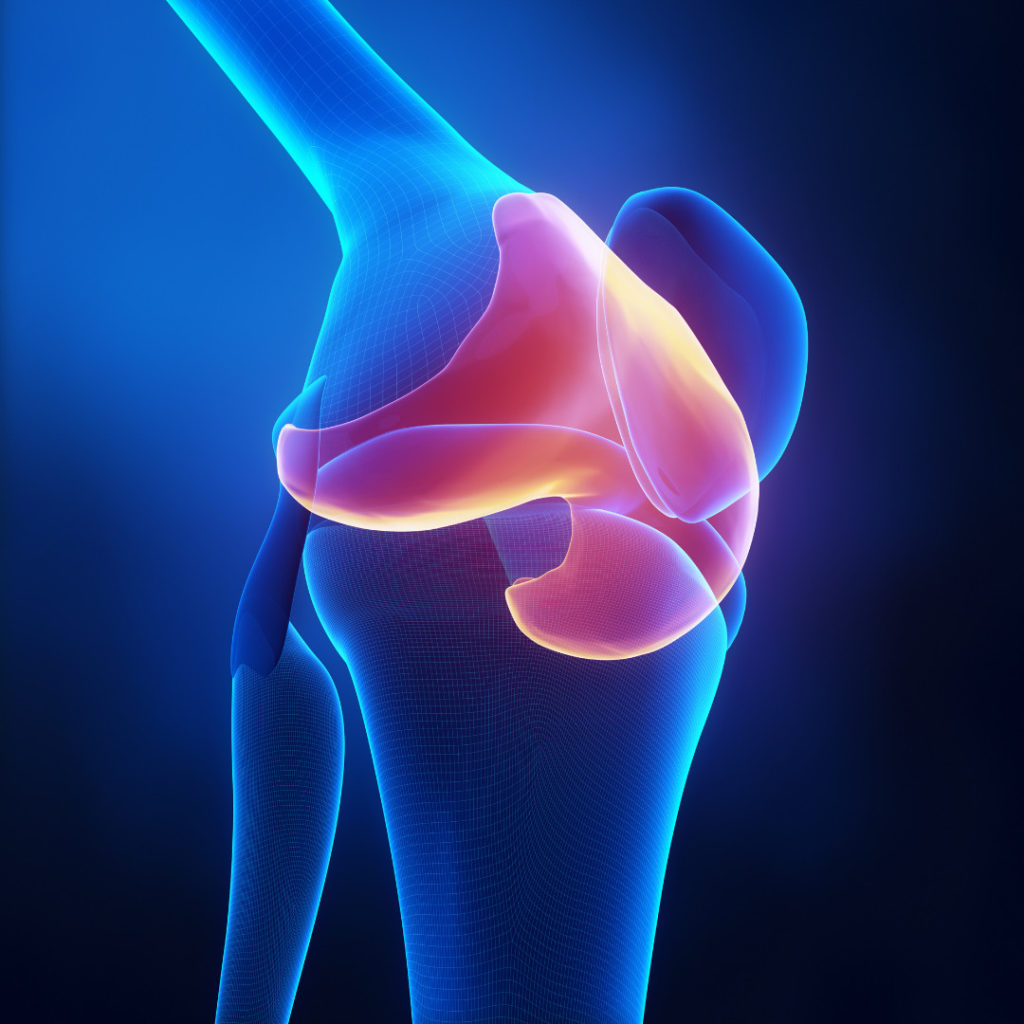What is Cartilage?
Have you been experiencing pain in your shoulders, knees, ankles, or elbows? You may have sustained an injury to the cartilage in your joints. Cartilage is a flexible yet strong connective tissue that covers the end of bones in joints. It acts as padding to prevent damage but can also be injured in many different ways that range from sports injuries to simply just getting older. Our physical therapist in Sutton Place at H&D Physical Therapy will assess your cartilage damage and create a treatment plan for you.
Cartilage Injuries

Cartilage can be damaged in a variety of ways, including sports injuries, car or work accidents, wear and tear, and a sedentary lifestyle. Cartilage injuries can be caused by direct contact or by force applied over time. A common example of this would be osteoarthritis. Some of the most common areas to experience cartilage damage are the knee, elbow, and ankle. Only about one-third of people experience cartilage problems in any given year.
The most common injury of the knee cartilage is a sprain or tear. A sprain occurs when damage or wear causes one or more of the fibrous bands that hold the two bones together to stretch out and break. A tear, on the other hand, means that one of these bands has completely snapped, which can happen with or without a sprain.
Damaged cartilage can make your everyday life difficult and can keep you from doing the things you love. Contact an experienced physical therapist in Sutton Place at H&D Physical Therapy today. We will provide treatment for your cartilage injury.
Recovery & Treatment
Our team will first determine the severity of your injury by using an MRI. The severity of the injury determines how severe the pain is and how the injury needs to be treated. A minor tear might not cause any pain at all, while a complete rupture is very painful and may inhibit movement. Sharp pains are most often felt when bending or straightening the knee, followed by tenderness in the joint itself. Swelling, bruising, and locking may also occur.
The most common treatment for cartilage injuries is rest. Ice packs are often used to relieve swelling and reduce pain, followed by exercises to move the joint without straining it too much. Surgery is not usually required unless the cartilage has been severely torn or is completely ruptured. If surgery is necessary, small holes are drilled into the bones surrounding the injury to allow new cartilage cells to move from surrounding tissue and repair the defect.
In some cases, a doctor may recommend wearing a knee brace or cast for a short amount of time in order to keep excess strain off of it. In most cases, however, even after the pain has subsided, the joint will still be stiff, and movement may be difficult. Stretching exercises should help to restore movement but can take weeks or months, depending on how bad the damage is.
In cases of severe damage or injuries, a doctor may prescribe physical therapy. This usually involves working with a trainer to improve range of motion through stretching and strengthening.
Contact Our Physical Therapist in Sutton Place
When you have suffered a cartilage injury, contact the recovery experts at H&D Physical Therapy. Our team of professionals will provide top-of-the-line treatment for our patients. Learn all the ways our team can help you on our website.
You must be logged in to post a comment.